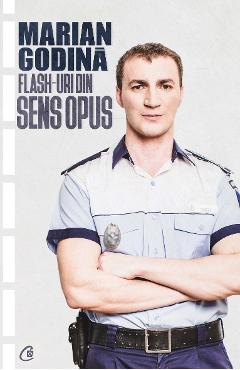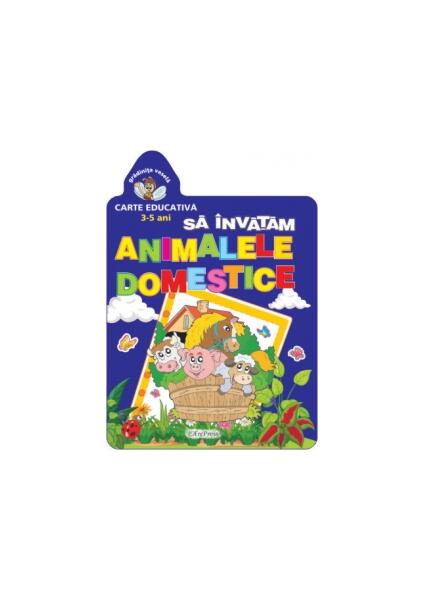- Informatii telefonice:(+40) 748 400 200
Hometown | Dragos Hanciu
Cod intern: xsales_1385377Vizualizari: 30 / Achizitii: 15
Stoc: In stoc
Pret: 130.0 RON
Acest produs este publicat in categoria Librarie la data de 15-03-2025: 10:03 si vandut de Carturesti. Vanzatorul isi asuma corectitudinea datelor publicate. ( alege finantarea potrivita )
-
Produs cu garantie
-
Livrare direct din stocul fizic al Carturesti
-
Retur gratuit minim 14 zile de la data achizitiei
Editie bilingva: romana-engleza.Hometown este un studiu vizual despre migratie, identitate, dor de casa si despre ce se intampla cu locurile in care ai crescut in timp ce iti traiesti viata in alta parte. Cartea in sine contine cicatrici lasate de distanta, ea fiind gandita pe Skype, intre patru capitale Europene. Hometown-uri mici si depopulate. (Extrase din post-fata scrisa de Jasmina Al-Qaisi) Over borders, home is Eastern Europe. Waves of red-yellow-blue, the country of whose nostalgia is layered, of whose millennials have hyper-fast internet, plenty of acquaintances over borders and firm plans to go abroad as well. Home is one of those places where migration is a choice, but not a privilege. And Hometowns, the tiny cities, once diamonds of a peculiar Socialism, suffer now from depopulation or are falling apart sooner than authorities come to their rescue. In Hometowns, sooner or later as passengers, people return. Hometown is a visual research about migration, identity, homesickness, and about what happens to the places where we grew up while we make a life someplace else. The book itself beholds scars of distance being assembled mostly on Skype, between 4 European capitals. This is the visual story of the Romanian photographer Dragos Hanciu and other tens of thousands of people who annually migrate from their homelands with no prospects to go back. Dragos, now a pass-byer, has been silently wandering around his hometown for the last 6 years; he observes from distance and takes photos of places that hold something from the past & serve as postcards in the future. The atmosphere from the photographs gives us the impression of a silent sleepwalk in a surreal, contradictory post-industrial landscape mixed with the architecture of a 7th-century-old city. The images are embedded with the lo-fi kind of texture which gives memories an oxymoronic sense of materiality. The photographs are inhabited by an ineradicable feeling of familiarity, because they represent other small, depopulated Hometowns. There is a soft layer of dust, like a filter of time that you can’t wipe off these images. A dog, an old woman, a young one, a fence, a good friend, a light at the end of a street are leaving your eyes at a dialectal ease. Is that where you grew up? Extracts of the afterword by Jasmina Al-Qaisi



























Scrie parerea ta
Hometown | Dragos Hanciu
Ai cumparat produsul Hometown | Dragos Hanciu ?
Lasa o nota si parerea ta completand formularul alaturat.
Editie bilingva: romana-engleza.Hometown este un studiu vizual despre migratie, identitate, dor de casa si despre ce se intampla cu locurile in care ai crescut in timp ce iti traiesti viata in alta parte. Cartea in sine contine cicatrici lasate de distanta, ea fiind gandita pe Skype, intre patru capitale Europene. Hometown-uri mici si depopulate. <Exista un strat fin de praf, ca o patina a timpului, pe care nu poti sa-l stergi de pe imaginile astea. Un caine, o femeie batrana, una tanara, un gard, un prieten bun, lumina de la capatul unei strazi - toate iti bucura dialectic privirea. Aici ai crescut si tu?> (Extrase din post-fata scrisa de Jasmina Al-Qaisi) Over borders, home is Eastern Europe. Waves of red-yellow-blue, the country of whose nostalgia is layered, of whose millennials have hyper-fast internet, plenty of acquaintances over borders and firm plans to go abroad as well. Home is one of those places where migration is a choice, but not a privilege. And Hometowns, the tiny cities, once diamonds of a peculiar Socialism, suffer now from depopulation or are falling apart sooner than authorities come to their rescue. In Hometowns, sooner or later as passengers, people return. Hometown is a visual research about migration, identity, homesickness, and about what happens to the places where we grew up while we make a life someplace else. The book itself beholds scars of distance being assembled mostly on Skype, between 4 European capitals. This is the visual story of the Romanian photographer Dragos Hanciu and other tens of thousands of people who annually migrate from their homelands with no prospects to go back. Dragos, now a pass-byer, has been silently wandering around his hometown for the last 6 years; he observes from distance and takes photos of places that hold something from the past & serve as postcards in the future. The atmosphere from the photographs gives us the impression of a silent sleepwalk in a surreal, contradictory post-industrial landscape mixed with the architecture of a 7th-century-old city. The images are embedded with the lo-fi kind of texture which gives memories an oxymoronic sense of materiality. The photographs are inhabited by an ineradicable feeling of familiarity, because they represent other small, depopulated Hometowns. There is a soft layer of dust, like a filter of time that you can’t wipe off these images. A dog, an old woman, a young one, a fence, a good friend, a light at the end of a street are leaving your eyes at a dialectal ease. Is that where you grew up? Extracts of the afterword by Jasmina Al-Qaisi
Acorda un calificativ